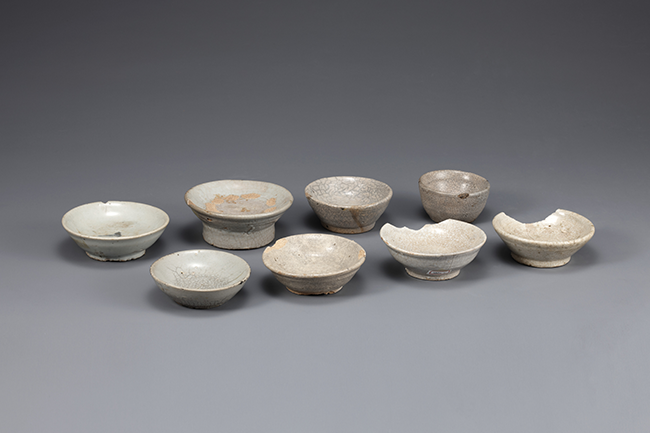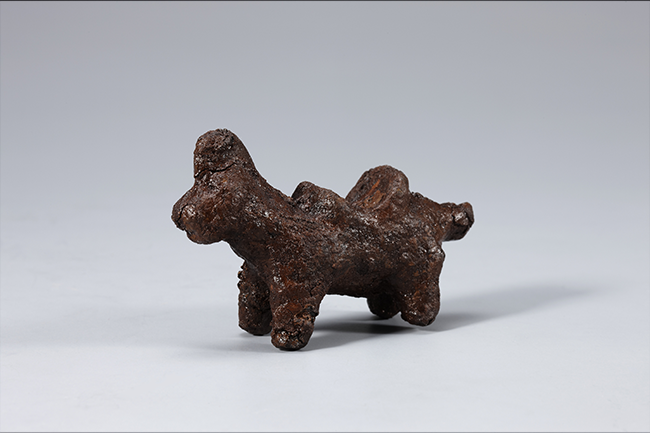History of Jeollanam-do based on rivers
History and Culture Gallery
Living History and Culture of the People of the Yeongsangang River BasinThe people who lived around the Yeongsangang River basin developed its unique culture. They built the largest number of dolmens—one of the megalithic cultures—during the Bronze Age and large jar-coffin tombs during the Three Kingdoms period. These are unprecedented in the world, and the dolmens in the area were designated as a UNESCO World Heritage site in recognition of their value.
As the geopolitical location of the Yeongsangang River basin was very important in terms of society, politics, and economy, the area was a venue for laying the groundwork for the foundation of the Goryeo Dynasty and also the center of logistics and distribution during the Joseon Dynasty.
History of Jeollanam-do based on rivers
After the Baekje Dynasty, the region of Jeollanam-do developed transportation using rivers and seas during the periods from Unified Silla to the Goryeo and Joseon dynasties. Yeongsangang River was a waterway through which many goods and people came and went. Ports thrived along with the waterway where people interacted with each other. The southwest sea route was used by ships carrying regional special products as taxes as well as ships traveling to China and Japan. A fortress was built on the coastline to control sea routes safety, and ancestral rites were held for safe sailing. There are also records of the government holding ancestral rites during the Goryeo and Joseon dynasties. During the Unified Silla period, Zen Buddhism was introduced to the area of Yeongsangang River, with many Buddhist temples built with the support of royal families during the Goryeo period. Najumok City—the center of administration, economy, and culture in Jeollanam-do—was established during the Goryeo period, thriving till the Joseon period.

